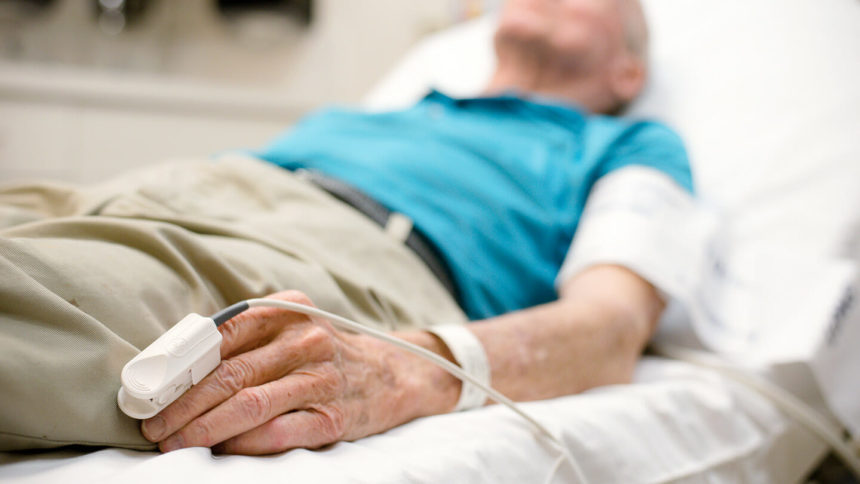
More hospitalized older adults experienced incidents of delirium during the pandemic than before it, a new study shows. The heightened prevalence was tied to more antipsychotic and benzodiazepine medication use as well.
Researchers looked at 2,128,411 hospitalizations from 1,047,680 people who were 66 years older. The data came from 2017 to 2022, and the people studied were from Canada. The median length of their stay was five days. About 6.3% of people went on to recover at inpatient rehabilitation communities.
Just how much did delirium rise? The rate of delirium increased from 35.9 per 1,000 admitted people before the pandemic to 41.5 per 1,000 admitted people during the first two years of the pandemic. In addition to higher rates of delirium, the monthly rates of new antipsychotic prescriptions rose from 6.9 to 8.8 per 1,000 people discharged from the hospital. New benzodiazepine prescriptions grew from 4.4 to 6.0 per 1,000 discharged people, the study found.
The report authors also say that prescription rates soared during three waves of the pandemic: from March to June 2020, from March to June 2021 and from December 2021 until February 2022.
Delirium is not uncommon for older people who are in hospitals. As much as 30% of older adults experience the confusion and agitation caused by delirium. If it’s not treated, it can increase the risk for dementia and mental health issues.
“The onset, recognition and management of delirium may have been affected by overwhelmed hospital capacity, staff shortages, isolation procedures and reduced contact with friends and family due to visitor restrictions,” the authors said.
Early pandemic precautions could be to blame for the delirium surge, the authors said.
“Mandated infection control procedures also led to prolonged periods during which older patients were in bed and isolated,” they wrote in the study. “And the use of masks and face shields could have disrupted communication during patient and staff interactions.”




